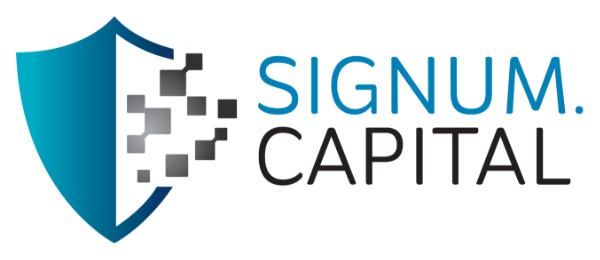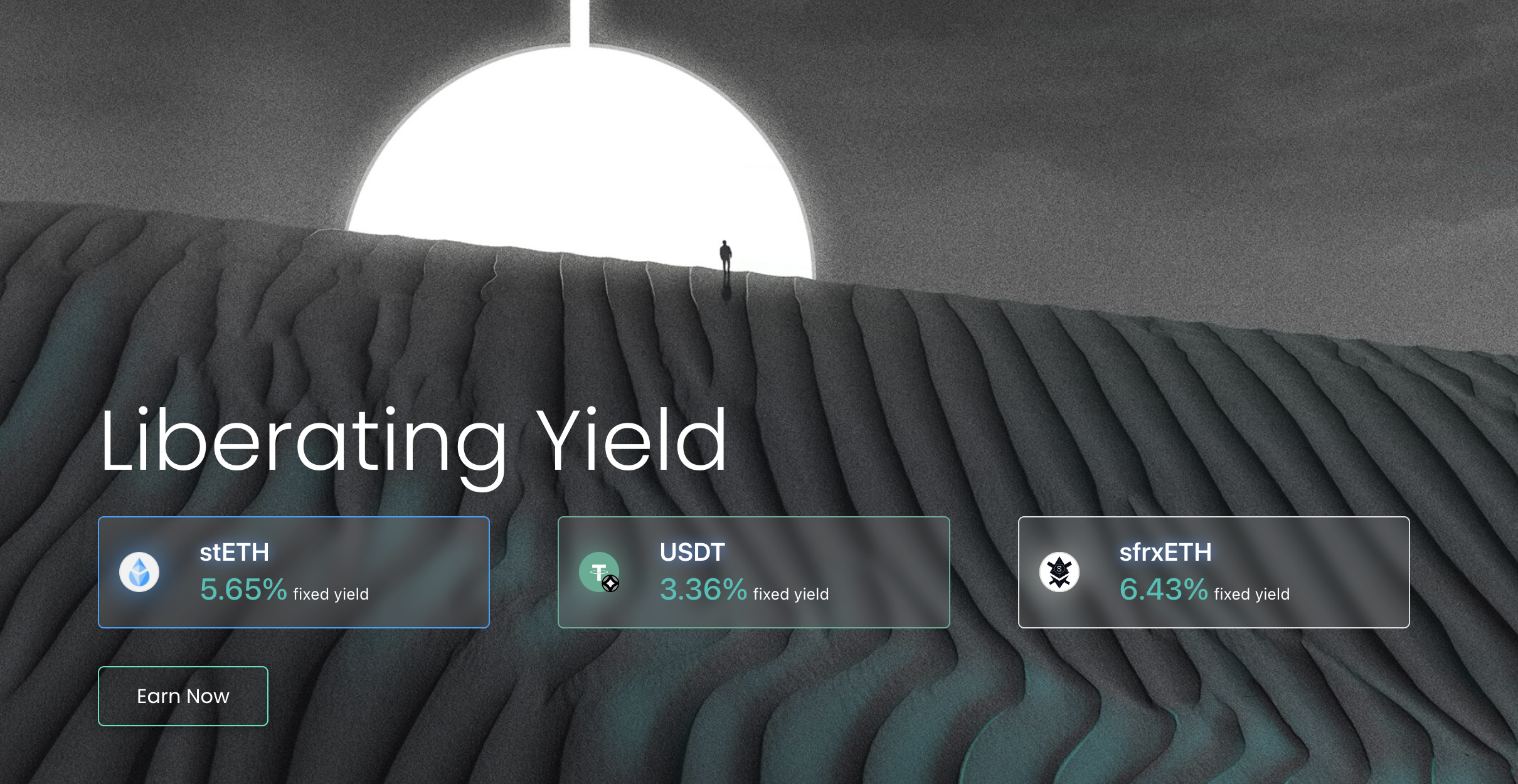1. How did Pendle get started?
The idea of Pendle was conceived during DeFi Summer in 2020. Back then, foodcoins that were offering 10-20k% in APYs were minted in high frequencies everyday.
My co-founders and I were avid farmers then, and as much as we enjoyed the absurdly high APYs, it was common knowledge that these yields were not sustainable and there was no means to lock-in those yields.
Further, we became aware that fixed-rate products are arguably one of the most important verticals in a matured financial sector, but it was largely absent in DeFi then. With that realization, we started to go into the rabbit hole of fixed-rate products and ideated solutions to enable fixed-rates using crypto implementations.
2. Can you describe the days of bootstrapping early liquidity? How did you go about it?
There was no hard-and-fast rule here, and certainly no cookie-cutter approach to liquidity bootstrapping.
To attract liquidity to the protocol, we created educational materials and shared with our existing user base and our community. These materials simplified yield-trading concepts and outlined ways that a user could participate in Pendle.
That aside, we also reached out directly to several funds to pitch the idea of depositing assets on Pendle, and highlighted the product propositions.
3. Can you describe the pros and cons of listing on a dex initially
For most token projects, I would think that it makes sense to just list the token on a DEX in the beginning, instead of figuring out which CEX to target.
Pros
Free
Instant
Cons
(Negligible) The token might be confined to a single ecosystem, e.g. token is only tradable on Ethereum and not on Arbitrum
4. Pendle is one of the projects that continued to build during the bear market. How did your team have the conviction to go against the tide especially when DeFi is going through a bad winter
We never lost sight of our mission of creating a fixed-rate product, because we believe that fixed-rate products would become increasingly important in crypto in the future.
As such, the leadership team made it a point to convey our mission to the team consistently and also shielded the team from external negativities.
Aside from that, given that the leadership team had already gone through several bull-bear cycles in the past, we were prepared for the bear market. As we approached the bear market, we went into a risk-off mode and conserved every cash we had to make sure that we had enough runway to get through a tough winter.
And then on the product front, we took very systematic steps to identify product bottlenecks and crafted solutions to resolve them. And more importantly, based on what we have created for v2, we invested in growth and marketing initiatives to make ourselves heard, despite the tough market conditions.
5. Did the binance listing come easy? Many projects would dream of listing on Binance. Can you share with us the crux of how to get onto Binance? Or the things that you think you did right.
To begin with, anyone can apply for a token to be listed on Binance here: https://www.binance.com/en/support/faq/how-to-get-your-coin-listed-on-binance-com- 053e4bdc48364343b863d1833618d8ba
There is no shortcut to getting listed on Binance. As such, teams should focus on traction, not just on the protocol layer, but also on the social media front.
If it helps, getting listed on Binance has never been a primary objective for the Pendle team. Instead, we prioritised our core metrics in ‘TVL’ and ‘Trading Volume’, both of which are the most direct way to show protocol traction.
That aside, we were also very fortunate to have garnered community support as a result of our brand’s association with LSDFi. The connection with LSDFi was timely, and helped with our sustained growth on multiple fronts.
6. Lastly what’s next for Pendle and what would your advice be for someone who is looking to start a new DeFi project
Pendle aspires to be the best venue for all yield-related activities on DeFi, whether it’s for simple fixed deposits or to accommodate complex trading strategies.
In regards to focus in the near future, the team will focus on these four core pillars:
- Iterative product feature releases
- Ecosystem expansion
- Onboard institutions
- Cultivate community growth
As with any business, it is crucial to have the grit to see things through. And DeFi is no exception, because there are bound to be good and bad times. It helps to not take things too personally during bad times, it helps to be humble during good times, and most importantly, keep progressing for better or worse.

